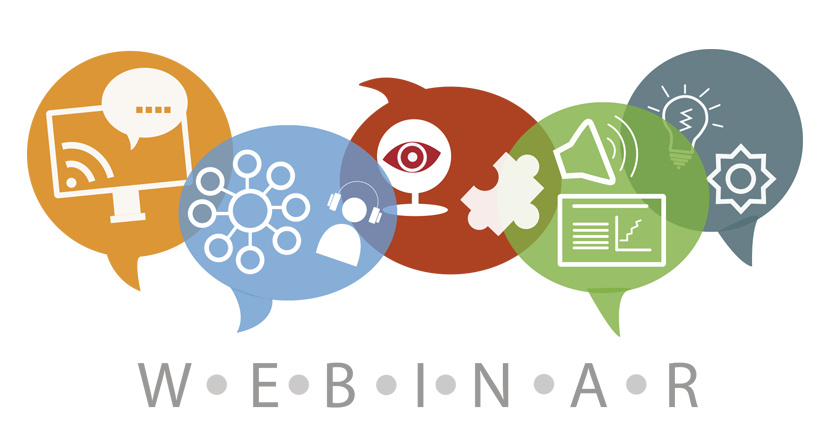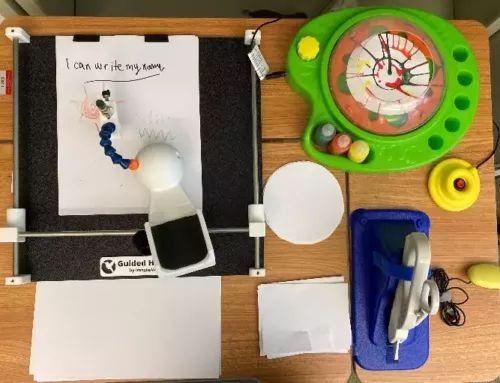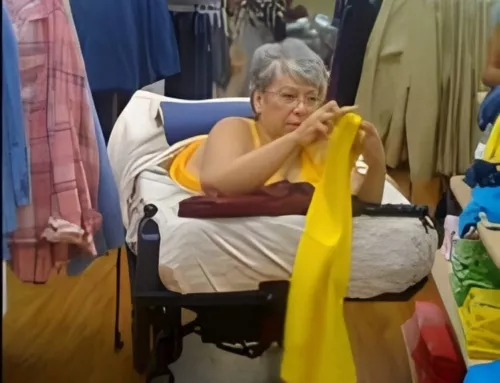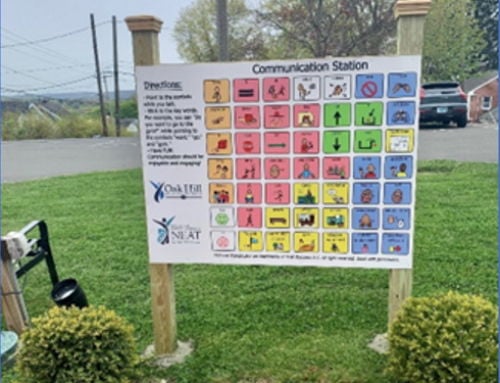Therese Willkomm’s AT Maker Wisdom
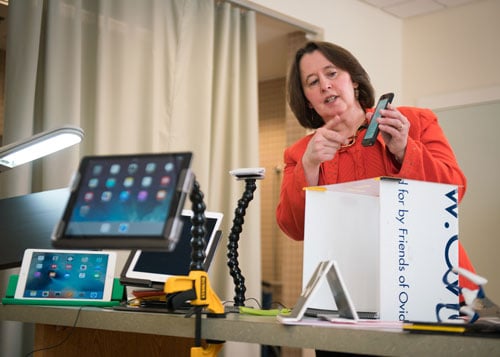
Glue guns? Outdated. Soldering? Often unnecessary. If AT makers are “disrupters” to the AT industry, Therese Willkomm is also the disrupter to your AT making
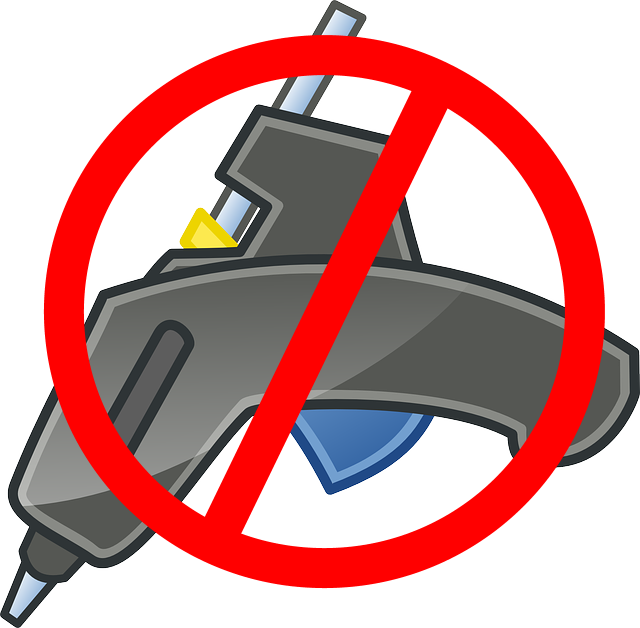
This summer, AT3 Center News and Tips has been on a virtual tour of the AT Maker Movement and talking to a lot of geeks. Everyone’s on fire about this movement that’s empowering individuals with disabilities, engineers, hobbyists, students and therapists to solve real-life problems with do-it-yourself technology. AT makers are celebrated as “disrupters” to the AT industry. Their solutions bypass traditional funding streams, cost dramatically less, and are often customized by, for or with the intended user. With maker-community relationships, people are fabricating the gadgets they need to live better, avoiding bureaucratic hurdles, and challenging assumptions for how much it costs–and how long it takes–to serve individuals with very unique needs.
Within the national network of State and Territory AT Programs, our undisputed lead maker is Therese Willkomm, Ph.D. Dr. Willkomm is the author of several volumes on AT making including Assistive Technology Solutions in Minutes–Ordinary Items, Extraordinary Solutions (vol. 2) and Make a Difference Today. She is the director of AT in New Hampshire (ATinNH) at the UNH Institute on Disability; she is also a clinical associate professor in the UNH Department of Occupational Therapy where she coordinates the graduate certificate in Assistive Technology. Willkomm has been creating low-cost low-tech AT solutions since the 1980s, has earned numerous honors and awards and regularly takes her show on the road both throughout the US and internationally.

Dr. Willkomm speaking about her work. All photos courtesy of the UNH Institute on Disability
We asked Dr. Willkomm to reflect on this particular moment in AT making from her perch as a long-time maker, college professor, and author. What has changed since she launched her own one-woman maker movement? What makes this era different? We expected her to get out a tweed jacket to ruminate by the fire. Instead, her answer was surprisingly practical.
“What’s changed is the materials. It used to be there was just duct tape, scotch tape, and masking tape, that’s all anyone would think of. Now we have these amazing low-cost, multi-use, multi-purpose adhesives and plastic building materials. They’re stronger than glue guns, faster than soldering, non-toxic, reusable and they’ve changed everything.”
Armed with corrugated plastic, Loc-Line, InstaMorph, and other innovative yet common products, Dr. Wilkomm is challenging the role of therapists and others who provide services to individuals with disabilities of all ages. She’s led the way, integrating AT making into various UNH departments and programs including Early Childhood Education, Special Education, Assistive Technology, Nursing, Social Work and Mechanical Engineering. In Occupational Therapy, students have moved well beyond the OT traditions of crafts and splinting. OT students at UNH learn 60 different tools and materials for quickly fabricating AT as a part of the curriculum.
It’s a false fear that AT making is expensive and time-consuming, Willkomm asserts. What is costly is the system we have now. “We don’t need someone to arrive with their cape on to write a report that says the child needs a slant board as a writing aid. We need the solutions. Not an approved purchase order for a device the child eventually says, ‘I don’t like it and I won’t use it.'”
As she practices it, AT making allows for quick trial and error. Users provide input, suggest modifications, and adjustments are easy to make because the materials are inexpensive and reusable. Success is quickly at hand.
“We used to do everything with glue, but glue is really toxic and you have to wait for it to set up. Now we have tape that’s stronger than glue, tape that can be repositioned, tape that’s permanent on one side and repositionable on the other. Then there’s Velcro One-Wrap. There’s even tape that conducts electricity and bonds to metal! We never use glue now and we rarely solder.”
Anyone who’s been to an “AT Solutions in Minutes” workshop knows Dr. Willkomm also prides herself on finding new functions for everyday objects, such as flagpole mounts and corrugated plastic. Corrugated plastic is stronger than cardboard and won’t absorb moisture. It may also be harvested from the aftermath of election season (particularly in NH). Flagpole mounts intrigued her the moment she came across them in the local hardware store. In her hands, flagpole mounts are often deployed with Loc-Line for adjustable and multi-use mounting solutions, and corrugated plastic becomes 120 different AT designs including her I-Lean iPad stand:
A maker lesson learned by AT Specialist Kate Ahern:
Dr. Willkomm’s recipes are indeed fast and efficient, but best to not attempt one–particularly with PVC pipe–out of the back of your car in a school zone. Explaining your AT making to the local authorities is generally not accomplished in ten minutes or less.
Dr. Willkomm regularly puts these materials to work as director of ATinNH. This year, for example, the AT program is recipient to a Christopher and Dana Reeve Foundation High Impact Innovative Assistive Technology Grant. The grant is funding iCreATe for Paralysis which offers rural residents with disabilities, their family members and caregivers free day-long AT maker workshops using Dr. Willkomm’s techniques.
The devices created are determined by who walks in the door. On the day she spoke with us, fabrications included a universal cuff from Velcro One-Wrap, a paperback book holder for a wheelchair user, a page turner, a head pointer, an elevated work station from corrugated plastic, a cup holder for a cane, a corrugated plastic dice thrower for a child, and an iPad carrier. There was also a man with Spinabifida whose brace broke during the workshop. Dr. Willkomm fixed it with FiberFix (“as seen on TV,” she mused).

Tony with an adapted mouth stick made with InstaMorph and an adaptive beverage holder made using flagpole brackets, a corner guard, Velcro brand On-Wrap, and a plastic container
Through iCreATe, 14 workshops are taking place at county ServiceLinks, the Aging and Disability Resource Centers (ADRCs) of NH. ATinNH anticipates 140 participants will make upwards of 700 devices for their open-ended loan program (users keep devices for as long as they need them). In general, solutions are made quickly because over 80% do not require electronics and each maker is provided a “McGyver Kit” of materials. Everyone goes home happy.

An iCreATe for Paralysis participant shows off her AT maker wares including two cuffs (one for eating and one for drinking) and one mobile device stand made from repurposed corrugated plastic
Willkomm clearly feels a sense of urgency to this work. “According to the World Health Organization, the number of people with disabilities continues to rise, but the available resources do not. We have to look at the resources that we have in different ways in order to help people get the solutions they need in any way possible. If we only spend five minutes on a solution that doesn’t work, but our materials are reusable, then we are five minutes closer to creating a solution that does! Why should anyone have to wait?”
Monthly Blog Digest
Search the blog
State AT Program Blogs
California
Florida
Indiana
Kentucky
Louisiana
Maryland
Massachusetts
Michigan
Montana
North Carolina
North Dakota
Utah
State AT Program Blogs
The AT3 Center, the Association of AT Act Programs (ATAP), and the Administration on Community Living (ACL) make no endorsement, representation, or warranty expressed or implied for any product, device, or information set forth in this blog. The AT3 Center, ATAP, and ACL have not examined, reviewed, or tested any product or device hereto referred.

